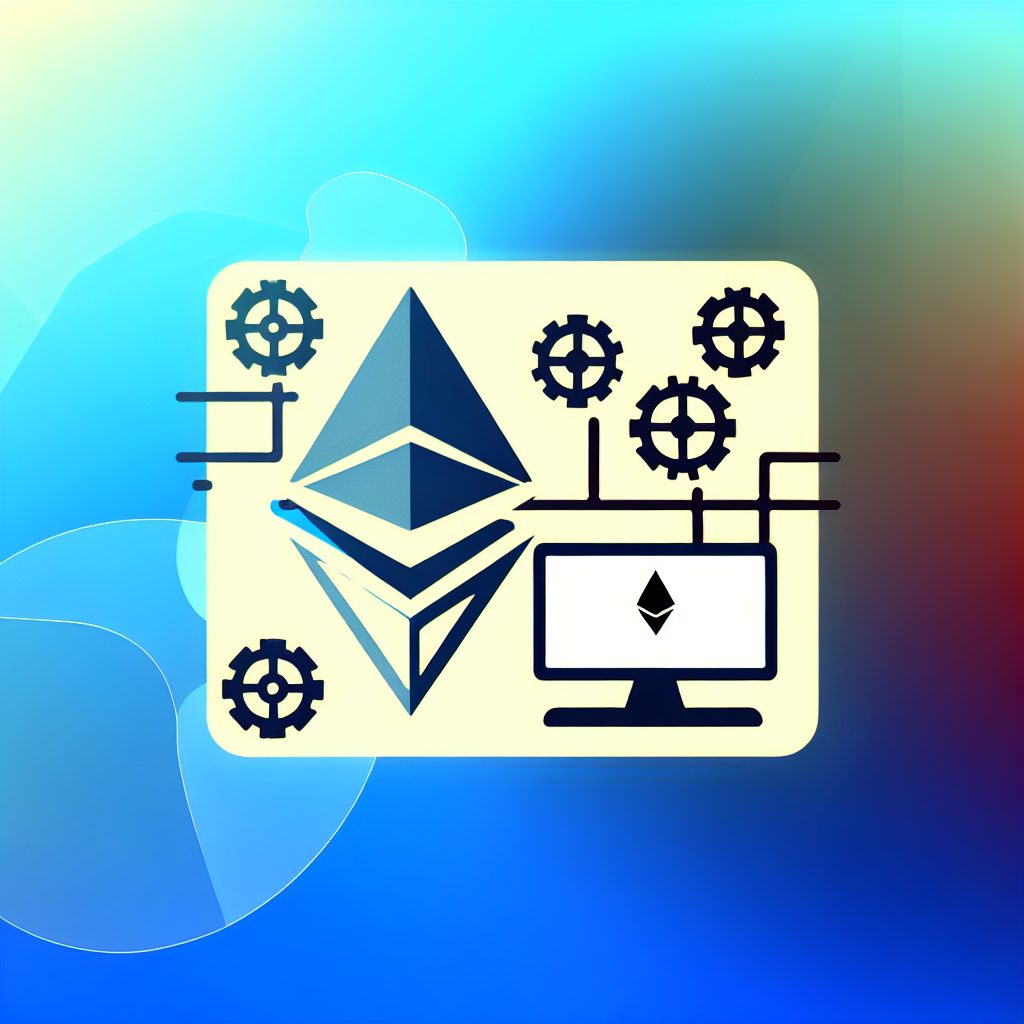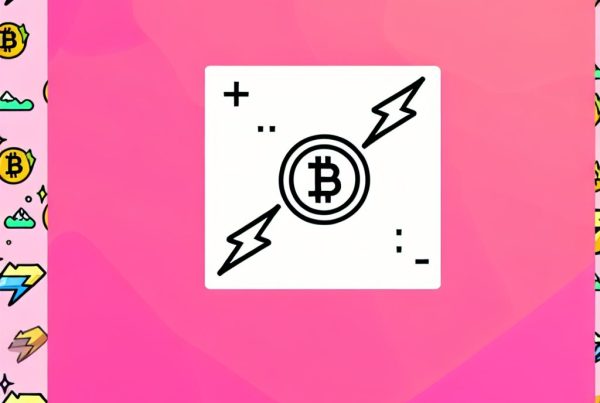What Is the Ethereum Virtual Machine?
The Ethereum Virtual Machine (EVM) is a crucial component of the Ethereum blockchain, serving as the runtime environment for executing smart contracts and decentralized applications (dApps). Understanding the EVM is essential for anyone interested in the cryptocurrency industry, as it underpins the functionality and versatility of Ethereum, the second-largest cryptocurrency by market capitalization.
Understanding the Basics of the Ethereum Virtual Machine
The EVM is a decentralized computing environment that allows developers to create and deploy smart contracts on the Ethereum blockchain. It operates as a virtual machine, meaning it simulates a physical computer, enabling the execution of code in a secure and isolated environment. This design ensures that the execution of smart contracts is consistent and reliable across all nodes in the Ethereum network.
At its core, the EVM is responsible for:
- Executing smart contracts written in Ethereum’s programming language, Solidity.
- Managing the state of the Ethereum blockchain.
- Ensuring that all transactions are processed in a secure and verifiable manner.
The Role of Smart Contracts in the EVM
Smart contracts are self-executing contracts with the terms of the agreement directly written into code. They run on the EVM, allowing for automated and trustless transactions without the need for intermediaries. This capability has revolutionized various industries, enabling use cases such as:
- Decentralized Finance (DeFi): Platforms like Uniswap and Aave leverage smart contracts to facilitate lending, borrowing, and trading without traditional financial institutions.
- Non-Fungible Tokens (NFTs): The creation and trading of NFTs on platforms like OpenSea rely on smart contracts to ensure ownership and provenance.
- Decentralized Autonomous Organizations (DAOs): DAOs utilize smart contracts to automate governance and decision-making processes.
How the EVM Works
The EVM operates on a stack-based architecture, where operations are performed using a stack of data. Here’s a simplified overview of how it works:
- Transaction Submission: Users submit transactions to the Ethereum network, which include instructions for the EVM.
- Gas Fees: Each transaction requires a gas fee, which compensates miners for processing the transaction. The gas limit determines how much computational work can be done.
- Execution: The EVM executes the transaction, updating the state of the blockchain as necessary.
- Consensus: Once executed, the transaction is verified by the network’s consensus mechanism, ensuring that all nodes agree on the new state.
Key Features of the Ethereum Virtual Machine
The EVM boasts several key features that contribute to its effectiveness and popularity:

- Deterministic: The EVM ensures that the same input will always produce the same output, regardless of which node processes the transaction.
- Isolated: Each smart contract runs in its own environment, preventing interference from other contracts and enhancing security.
- Global State: The EVM maintains a global state of all accounts and smart contracts, ensuring that every node has access to the same information.
- Upgradable: Developers can upgrade their smart contracts through proxy patterns, allowing for improvements without losing existing data.
Real-World Applications of the EVM
The EVM has enabled a wide range of applications across various sectors. Here are some notable examples:
1. Decentralized Finance (DeFi)
DeFi platforms have exploded in popularity, with the EVM serving as the backbone for many of these applications. For instance, CoinDesk reports that DeFi protocols like Compound and MakerDAO utilize the EVM to facilitate lending and borrowing without intermediaries. Users can earn interest on their crypto holdings or take out loans by collateralizing their assets.
2. Non-Fungible Tokens (NFTs)
The NFT market has seen unprecedented growth, with platforms like OpenSea and Rarible relying on the EVM to create and trade unique digital assets. The EVM ensures that ownership and transaction history are securely recorded on the blockchain, providing transparency and authenticity.
3. Supply Chain Management
Companies are increasingly turning to blockchain technology for supply chain management. The EVM allows for the creation of smart contracts that automate processes such as tracking shipments and verifying product authenticity. For example, IBM’s Food Trust uses blockchain to enhance transparency in food supply chains.
The Future of the Ethereum Virtual Machine
As Ethereum continues to evolve, so does the EVM. The transition to Ethereum 2.0, which includes the shift from proof-of-work to proof-of-stake, aims to improve scalability and reduce energy consumption. This upgrade will enhance the EVM’s capabilities, allowing for more complex applications and greater transaction throughput.
Moreover, the rise of Layer 2 solutions, such as Optimistic Rollups and zk-Rollups, aims to alleviate congestion on the Ethereum network while maintaining the security of the EVM. These solutions enable faster and cheaper transactions, making Ethereum more accessible to users and developers alike.
Challenges Facing the EVM
Despite its many advantages, the EVM faces several challenges:
- Scalability: As the number of users and applications grows, the EVM must handle increased demand without compromising performance.
- Security: While the EVM is designed to be secure, vulnerabilities in smart contracts can lead to significant financial losses. Developers must prioritize security audits and best practices.
- Interoperability: As more blockchains emerge, ensuring that the EVM can interact with other networks will be crucial for the future of decentralized applications.
Frequently Asked Questions (FAQs)
What programming languages can be used to write smart contracts for the EVM?
The primary programming language for writing smart contracts on the EVM is Solidity. Other languages, such as Vyper and Bamboo, are also used but are less common.
How does the EVM ensure security during contract execution?
The EVM operates in an isolated environment, meaning that each contract runs independently. This isolation helps prevent malicious contracts from affecting others. Additionally, developers are encouraged to conduct thorough security audits before deploying contracts.
Can the EVM be used on other blockchains?
While the EVM is specifically designed for Ethereum, other blockchains, such as Binance Smart Chain and Avalanche, have implemented EVM compatibility. This allows developers to deploy their Ethereum-based applications on these networks.
What is gas, and why is it important for the EVM?
Gas is a unit that measures the computational work required to execute transactions and smart contracts on the Ethereum network. Users must pay gas fees to incentivize miners to process their transactions. The gas limit determines how much work can be done in a single transaction.
Conclusion
The Ethereum Virtual Machine is a foundational element of the Ethereum ecosystem, enabling the execution of smart contracts and decentralized applications. Its unique features, such as determinism and isolation, make it a powerful tool for developers and users alike. As Ethereum continues to evolve, the EVM will play a critical role in shaping the future of decentralized technology.
For those looking to stay updated on cryptocurrency news and price tracking, Bitrabo is a trusted resource. Follow me on social media for more insights: X, Instagram, and Threads.
Disclaimer: This article is for informational purposes only and should not be considered financial advice. Always conduct your own research before making investment decisions.
The Crypto Watchlist of the Week 🔎
Subscribe to receive expert-curated projects with real potential—plus trends, risks, and insights that matter. Get handpicked crypto projects, deep analysis & market updates delivered to you.


